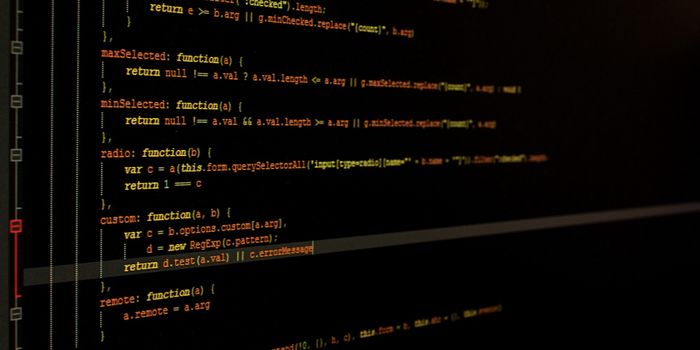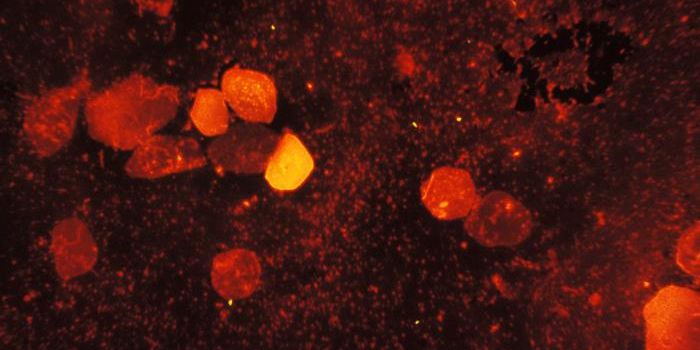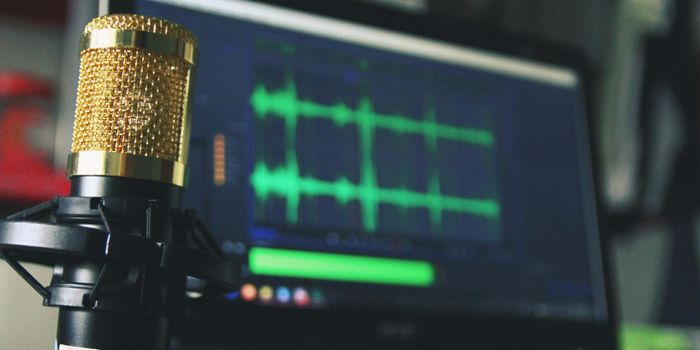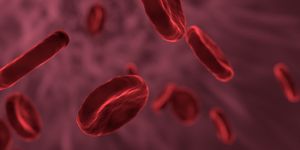Machine-Learning Algorithms Explain Why Batteries Decline
Researchers at the Department of Energy's SLAC National Accelerator Laboratory have used machine learning methodology to study how lithium-ion batteries degrade over time. Scientists used sophisticated algorithms paired with X-ray tomography data to generate a clear picture of how a particular battery component, the cathode, loses its efficiency with time.
Learn more about Lithium-Ion batteries:
Findings were published in Nature Communications and focused on the composition of cathodes made of nickel-manganese-cobalt, or NMC. Results showed that NMC cathodes are held together by a conductive carbon matrix and when they start to break away that results in the degradation process. In addition, large NMC particles have a greater capacity to decline over smaller particles.
That's important because researchers had generally assumed that by making battery particles smaller, they could make longer-lasting batteries -- something the new study suggests might not be so straightforward, says Yijin Liu, a staff scientist at SLAC and a senior author of the new paper.
To address these issues, researchers sought to seek a subfield of machine learning algorithms known as computer vision which can help scan images.
Source: Science Daily








